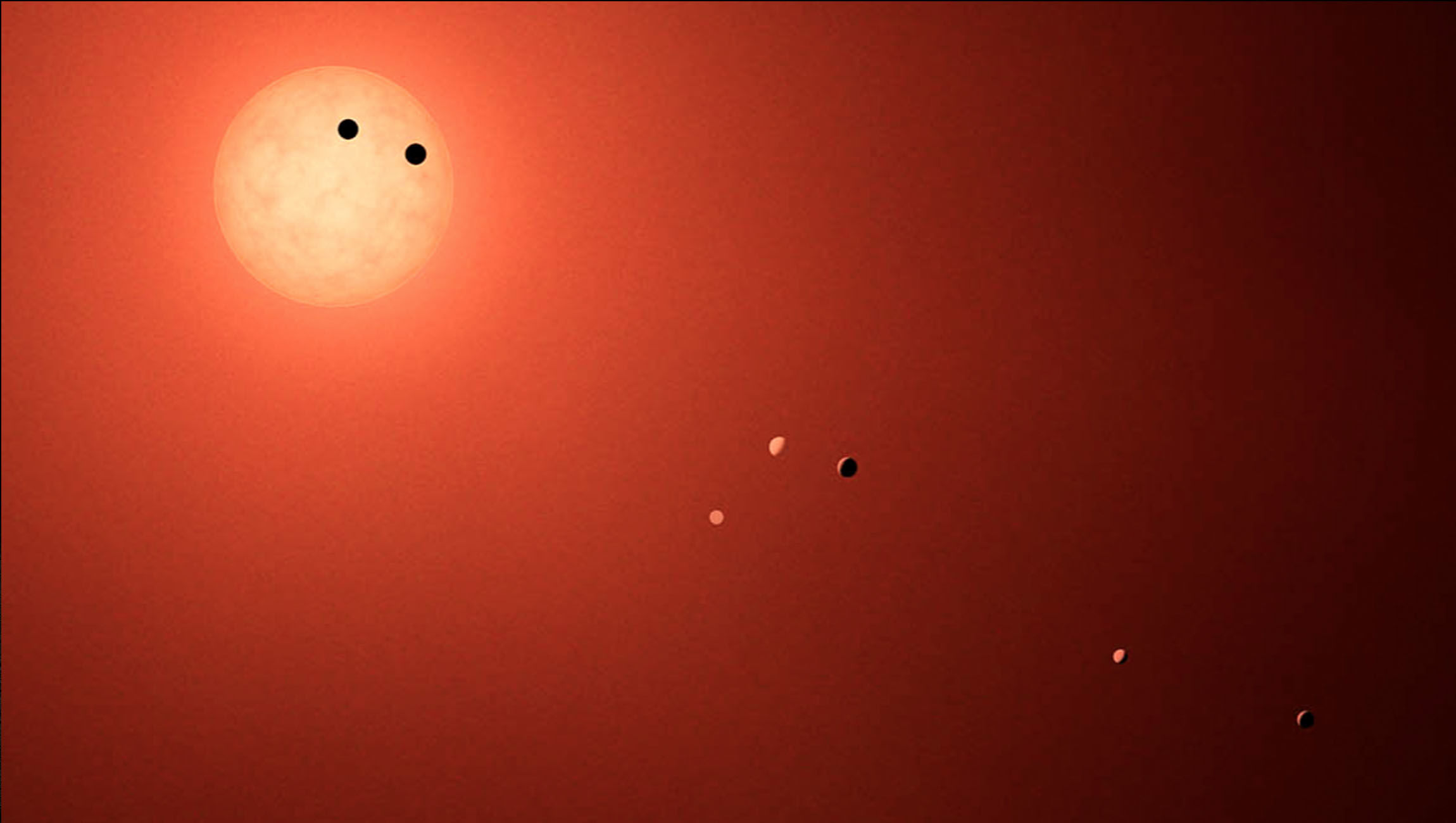Create a free profile to get unlimited access to exclusive videos, sweepstakes, and more!
This planet shouldn’t exist. But it does.

In space, you will find bizarre objects that no one ever knew existed. You’ll also find things that should have never even come into being.
When astronomers of the CARMENES consortium eyed a gas giant (think half the mass of Jupiter) which was unnaturally huge compared to its host star GJ 3512, they were shocked. Most planets are by-products of star formation that are supposed to be smaller than their host stars. Embryonic planets are also supposed to develop in the same disc of cosmic gas as their star. It seems the planet now known as GJ 3512 b grew to such a massive size outside of the disc.
Even gargantuan Jupiter is nothing compared to the Sun. Our star is 1,050 times heavier.
“Until now, the only planets whose formation was compatible with disk instabilities were a handful of young, hot and very massive planets far away from their host stars,” Hubert Klahr, astronomer and co-author of a study recently published in Discovery, explained. “With GJ 3512 b, we now have an extraordinary candidate for a planet that could have emerged from the instability of a disk around a star with very little mass.”
GJ 3512 b was observed by the CARMENES spectrograph, which can see both visible and infrared light. Red dwarf stars like the one it orbits (and TRAPPIST-1, pictured above) tend to emit signals very similar to those of planets, which is why infrared light was what ultimately revealed that the research team had discovered a new planet. But how could it have formed?
Gas and dust discs from which low-mass stars like GJ 3512 emerge from aren’t thought to contain much material—nowhere near enough to create a monster like GJ 3512 b. A massive disc sounds like an easy solution until you realize that the gravitational effect of a star will be unstable with a disc any more than 1/10 the stellar mass. If that was the case, the disc would take over, which would result in gravitational collapse.
The astronomers believe that GJ 3512 b could have formed in a region far away from its star, an area cold enough for such a large star to form without thermal pressure causing it to collapse in on its own weight. Somehow, the planet managed a long trek from wherever it spawned all the way to an orbit surprisingly close to its star. It is now only 30 light-years from Earth and takes a relatively short 204 days to orbit GJ 3512.
What was once thought an impossibility is now going to challenge everything we thought we knew about planet formation. GJ 3512 b can’t be the only weird planetary birth out there, either, so who knows what kind of anomaly will show itself next.


























